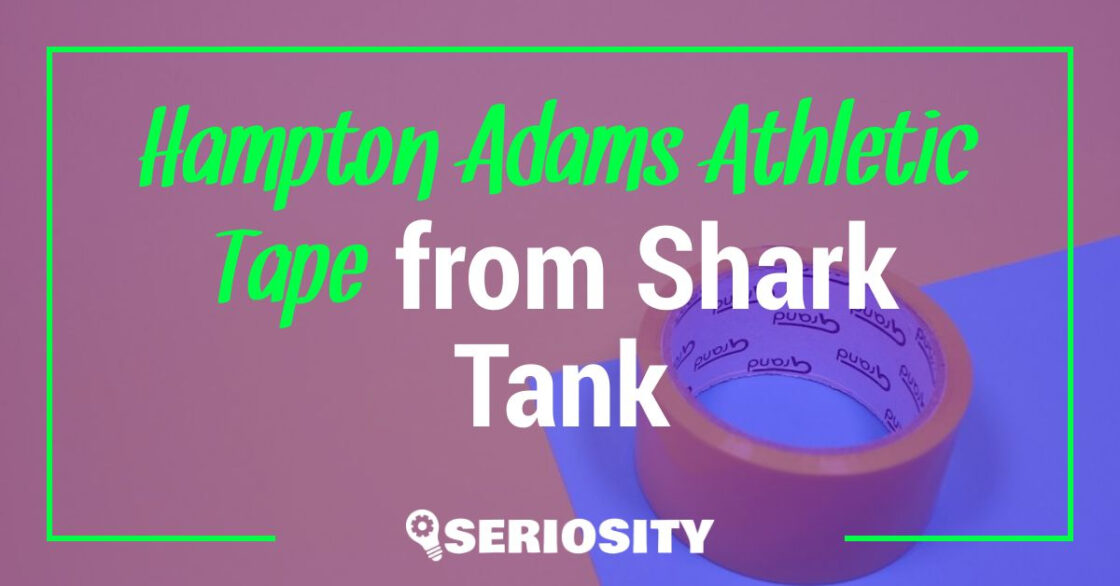To prevent vehicles from getting started in case the seat belts have not been fastened, they are equipped with a “LifeBelt” safety mechanism.
Cars that are outfitted with this technology require the driver to wear a seatbelt before the vehicle starts or drives to prevent the driver from being distracted while driving.
When the passengers and the driver are not belted in, the engine automatically shuts down. Additionally, parents who have children in the car might benefit from this innovation.
A warning will sound if someone unbuckles the seatbelt while the vehicle is moving. The life belt was invented by Robert Allison in 2009 and went on sale in 2010.
The loss of a buddy in an automobile accident motivated him to develop this safety gear to keep others from driving carelessly and without taking the essential safeguards.
At first, he developed LifeBelt as a gift for his family, friends, and employees, but he soon realized that the general public could use it as well.
He realized that the school bus could also use this gear to ensure the safety of students. Robert first sold this item at a local business. He aimed to have this technology installed in all vehicles on the road.
For this reason, he decided to appear on Shark Tank to present his concept.
Is LifeBelt Still an Active Company?
Robert Allison made around $1.7 million, thanks to Gillman Automotive’s sales. It’s currently not possible to buy the LifeBelt since it is not being sold.
No purchase option exists on LifeBelt’s or Gillman Automotive’s websites, even though both were updated in 2020.
No additional information about LifeBelt is available following Gillman Automotive’s multi-million dollar acquisition that took place.
How Did the LifeBelt Pitch Go?
Allison developed a website for LifeBelt before submitting his business plan to the sharks on Shark Tank. When it came to the device’s installation, performance, troubleshooting, and warranty, he used a website called nobucklenostart.com.
One would need the help of a trained professional for this equipment to work properly. The website had a thorough instruction manual on how to use this gadget.
There were detailed instructions on setting it up and alarms to notify the user if something went wrong. Additionally, there was educational material geared at teenagers behind the wheel.
All of the information was clear and accessible to all drivers. LifeBelt was designed to be simple for drivers of all ages and experience levels.
Robert had already begun selling the product to local retailers, which was a success. LifeBelt can’t be ordered or purchased through the website as of now.
Allison made a “multi-million dollar” contract with a Texas car dealership chain shortly after her debut on Shark Tank. All new and used automobiles sold by dealerships were to be offered with the product.
LifeBelt is not available to be purchased online, and the sole online presence of this gear is a webpage, but it does not give any option to purchase it.
Although Allison had high hopes, the life-saving device never made it to the market in a significant way. In 2016, he declared bankruptcy and closed the company.
Our Review of LifeBelt
We couldn’t test LifeBelt since it is no longer available. The three Sharks on Shark Tank: Daymond, Barbara, and Harrington decided not to move forward on the LifeBelt proposal because they perceived a problem with the device’s ability to generate sales.
Possibly, for this reason, the new investor does not provide it in online stores or dealership websites. It’s been 13 years since LifeBelt walked away from Shark Tank empty-handed.
As per Robert’s vision, it hasn’t become a household name. The original LifeBelt website, nobucklenostart.com, has been taken down.
In 2016, the company went out of business. What was once a game-changing notion has been rendered obsolete.
There is no information on the device’s current situation under Gillman’s ownership, and no information is mentioned on Gillman’s homepage or dealership websites.
Who Is LifeBelt for?
LifeBelt was founded and is owned by Robert Allison. A close buddy died in an accident that sparked his idea for this new product.
He was spurred on by this experience to devise a strategy for reducing the incidence of careless driving. As a safety measure, the gadget was designed to ensure that all motorists followed the essential procedures.
It was first his coworkers and parents that Allison had his eye on. On the roadways, he couldn’t contemplate losing another person, which led him to invent LifeBelt.
In addition, he included school bus drivers in his scope of potential buyers to further secure the security of schoolchildren. As a result, he began selling the gadget in a nearby shop.
Alison broadened the scope of his testing and evaluation of LifeBelt after a year of assessment. However, a sufficient amount of capital investment was necessary.
As a result, he decided to submit his concept to the reality television show Shark Tank.
Are There Any Alternatives?
The NHTSA mandated in 1971 that all new vehicles in the United States include a restraint system. Due to this, several automobile manufacturers have already created and implemented safety locks in their cars.
Smart Start:
Smart Start is an anti-drunk driving technique. Smart Start Inc., a Texas-based corporation, manufactures and services an interlock device that is placed in a vehicle. In 2018, Smart Start’s revenue was anticipated to be more than $150 million.
Our Final Thoughts
LifeBelt debuted on Shark Tank as an incredible concept. In the 2nd Shark Tank episode of season one, it was one of the most popular pitches.
A long-term remedy to the many irresponsible driving accidents was the goal of the company’s creator, Robert Allison. Using the LifeBelt gadget, passengers and drivers could be certain that their seat belts are always secured while on the road.
LifeBelt, on the other hand, was unable to seal a deal. A potential investor’s offer to buy the product’s patent didn’t sit well with Robert.
He wanted as many automobiles as possible to be fitted with the gadget in as short a time as feasible. He didn’t care about money as much as he did about the long-term advantages to the device’s users.
Even though LifeBelt didn’t win, Shark Tank provided a great opportunity for the company to get some attention. This proposal resulted in orders that were worth multi-million dollars from car dealerships. Gillman Group agreed to pay Robert $1.7 million
LifeBelt became a non-starter since several investors had expressed skepticism about its viability.
By 2016, LifeBelt had gone out of business, and there is no mention of it anywhere on the Gillman or dealership websites. Because of this, LifeBelt’s failure might be attributed to the fact that there was no effective manner of bringing it to the market.





